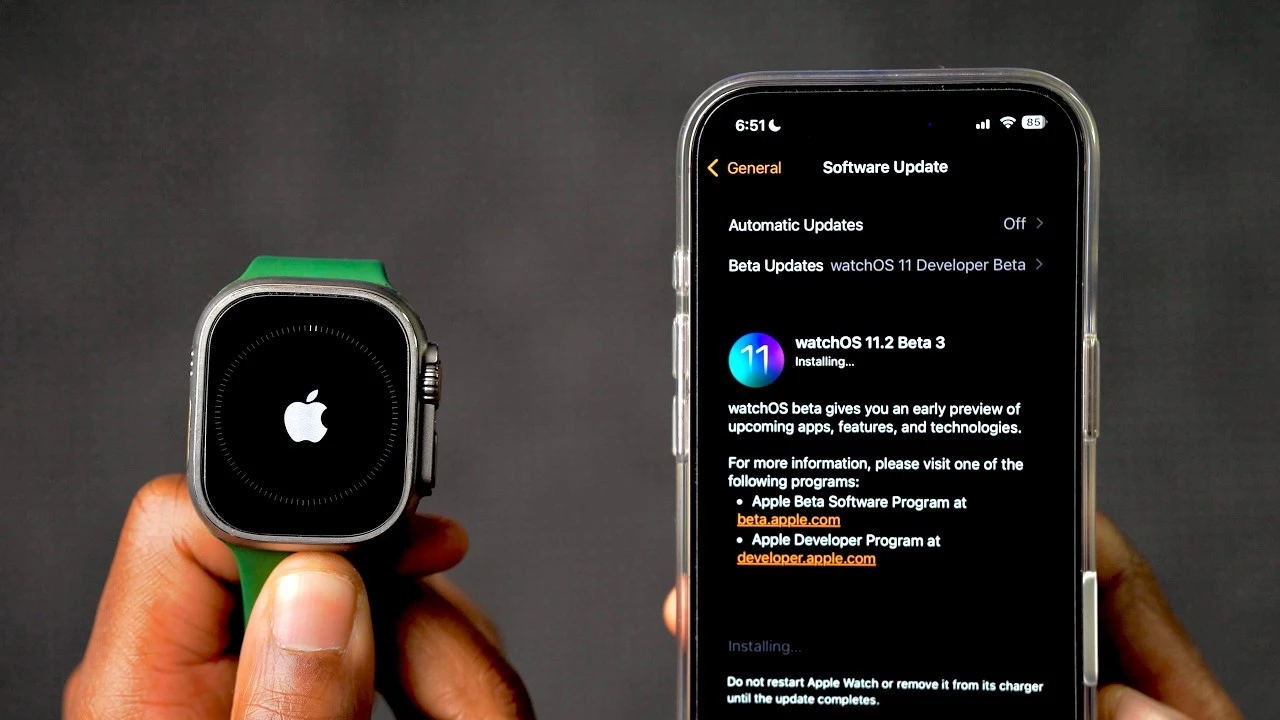
Suresh Kannan is Model N ’s Chief Product Officer. He has over 25 years of experience in product development and management. AI excels at streamlining operations and maximizing cost efficiencies.
However, companies shouldn't overlook the technology's power to fuel top-line revenue. Beyond enabling new products and allowing you to accomplish more work, AI can optimize current revenue streams to drive business growth. 3 Ways AI Can Fuel Top-Line Revenue As more executives plan to use AI or advanced analytics for revenue management, this technology can help unlock earning potential already present in their systems.
Consider these three applications taking place today: 1. Channel Management Data is the foundation of channel management, but its volume and complexity create governance challenges. Companies often lack direct connections with many of their suppliers, distributors and retailers, resulting in information asymmetry.
AI, machine learning (ML) and clean channel data can help organizations gain better visibility into the complex transactional aspects of distributed businesses and help manage them effectively. Organizations can use AI-powered platforms to map their product journey and discover areas of lost revenue. For instance, an analysis might reveal that improperly priced products or ineffective quote processes are leading to lost revenue.
iOS 18.1.1—Update Now Warning Issued To All iPhone Users Leak Reveals Trump Crypto Bombshell As Bitcoin Suddenly Surges Toward $100,000 Price Now Hackers Are Using Snail Mail In Cyber Attacks—Here’s How AI can effectively integrate data—sales, inventory status, pricing, contract terms, payments, rebates and other elements—from disparate systems, creating a single source of truth for a complete view of channel activity.
With information on supplier performance metrics, you can optimize relationships, hold partners accountable and negotiate better terms. 2. Demand Forecasting Myriad variables factor into the holy grail of demand forecasting, making it exceptionally challenging.
AI can help navigate this complexity, analyzing vast amounts of data to deliver more accurate predictions. This leads to better sales opportunities and reduces the risk of lost revenue from stockouts or excess inventory. AI automates the collection and analysis of internal and external demand indicators, including real-time sales, contract portfolio, material availability, competitor activities and market trends.
This, in turn, allows you to make smarter decisions earlier. Manually gathering and trying to manage this complex dataset can result in incomplete, outdated or incorrect information. By the time someone can execute an analysis, the results may already be outdated.
Automated data collection helps access current, comprehensive datasets. AI can then help enrich data quality and analyze all factors to build a timely demand forecast. This approach can accelerate time to insight, detect patterns and trends humans might overlook, and enable more granular market segmentation.
You can execute scenario analysis with AI to assess how different factors, like pricing strategies or the launch of new products, will impact demand. An AI-powered analysis can inform decisions regarding resource allocation, production schedules, inventory levels and marketing and pricing strategies to capitalize on market trends. Continuous monitoring alerts you to subtle market shifts, allowing you to adjust quickly.
3. Price Optimization Variables impacting pricing strategies fluctuate constantly. Failure to adapt can mean leaving money on the table or pricing out potential customers.
Businesses struggle to update their long-term pricing strategies while also ensuring short-term price realization across their portfolios. AI can continuously analyze all relevant factors to generate sophisticated pricing strategies and price guidelines. These calculations help sales teams offer optimized, customized pricing based on customer segment, product type and order volume, including elements like rebates, volume discounts, incentives and alternative pay structures (such as subscription models).
These clear pricing guidelines empower salespeople to increase the quote-to-order conversion rate by quickly offering the best deal and having the autonomy to make adjustments. AI can also optimize billing and payments. When handled manually, complicated contract structures can result in revenue leakage, such as charging the wrong price or overpaying rebates.
AI pricing tools can prescribe and apply the correct price based on a customer's contract and eligibility for rebates, discounts and incentives, ensuring correct pricing execution. Analyzing pricing strategy performance with AI can help find areas of lost revenue, such as excessive discounts, so you can adjust to increase margins. You can also leverage real-time market data to automatically and universally update price points and model those changes to anticipate revenue impact.
Real-World Use Case: Generative AI Chips Consider how AI-powered data analytics can help semiconductor manufacturers navigate turbulent markets. Deloitte expects the market for specialized generative AI chips to reach $50 billion in 2024 , making up two-thirds of all AI chip sales. The huge demand, coupled with limited manufacturing capacity, has driven up prices.
In the short term, the need for these chips is expected to remain strong, but what happens long term? In the next few years, chipmakers will ramp up capacity and new competitors will enter the market. Customers' needs will evolve, as will the technology needed to operate GenAI. These variables create significant uncertainty about future demand.
Chipmakers can use AI to monitor market trends, adjust forecasts and calculate appropriate price adjustments in real time. However, AI outputs are only as good as the data inputs. Success with AI in revenue optimization hinges on well-connected systems and quality data.
Manual data gathering and spreadsheets will not deliver the accuracy and comprehensiveness necessary to derive meaningful insights. Before deploying AI tools, organizations must invest in building robust data infrastructure to integrate information from across their operations and external sources. Automated data gathering and consolidation help ensure that information is timely, consistent and complete, effectively improving AI analysis.
Final Thoughts Businesses have untapped revenue potential within their existing operations, but manual processes and human limitations can hinder their ability to fully realize this value. AI can help unlock these opportunities by identifying revenue leakage, analyzing complex patterns, predicting market shifts and optimizing pricing strategies. I believe companies shouldn't look at AI as merely a way to streamline processes—instead, embrace its full potential for driving top-line growth.
Forbes Technology Council is an invitation-only community for world-class CIOs, CTOs and technology executives. Do I qualify?.














